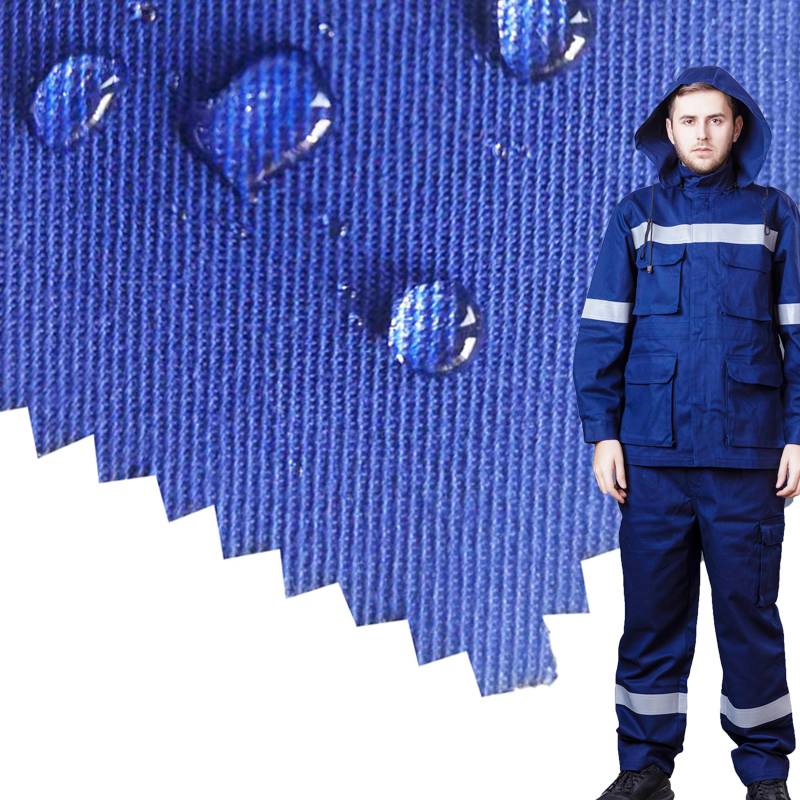TC240AS Durable Water Repellent Antistatic Fabric
TC240AS likely stands for a fabric made from a blend of textiles, possibly including both natural and synthetic fibers, where "TC" could traditionally stand for "Tetron Cotton" (a blend of polyester and cotton). The "240" might indicate a specific weight or density of the fabric, often measured in grams per square meter (GSM). "AS" specifies that the fabric has antistatic properties.
The key features of TC240AS Durable Water Repellent Antistatic Fabric likely include:
Durable Water Repellency (DWR): This indicates that the fabric has been treated with a coating that repels water, making it resistant to water absorption. DWR treatments can vary, with newer, more sustainable options moving away from perfluorinated compounds (PFCs), which are harmful to the environment.
Antistatic: The fabric is designed to reduce or eliminate static electricity. This is particularly important in environments where static electricity could pose a risk, such as in certain industrial settings, or simply for consumer comfort and convenience. Antistatic properties can be achieved through various means, including the incorporation of conductive threads or fibers into the fabric.
Water Repellent Antistatic Fabric Applications
Due to its specific properties, TC240AS fabric is suitable for a range of applications, particularly where there is a need for both water resistance and antistatic behavior. These might include:
Workwear: Especially for industries where water resistance and antistatic properties are important, such as in certain manufacturing processes or in the electronics assembly sectors.
Outdoor Apparel: For activities where wearers may encounter water (rain, mist, etc.) and want comfort and safety from static, such as hiking or camping.
Protective Gear: For professions requiring protective clothing that needs to guard against moisture but also prevent static build-up.
While TC240AS Durable Water Repellent Antistatic Fabric caters to specific functional needs within the textile industry, its overall impact and value also hinge on how it aligns with growing demands for sustainability. This includes not only its immediate functional benefits but also how its production, use, and eventual disposal or recycling contribute to a more sustainable and responsible textile industry.




